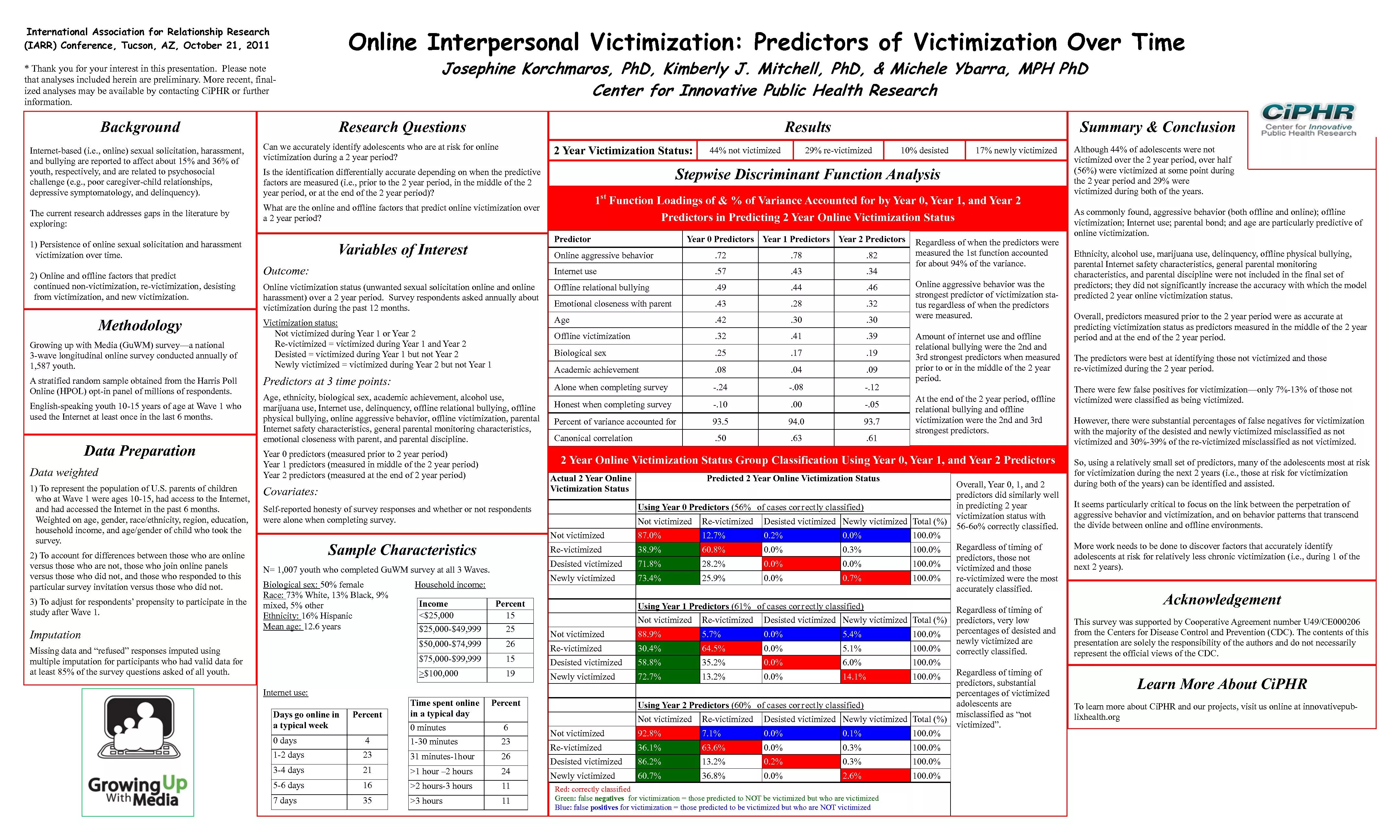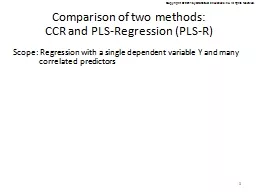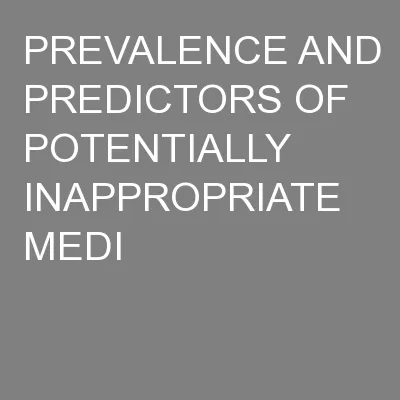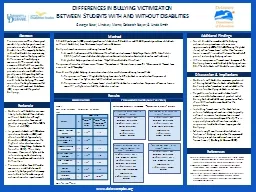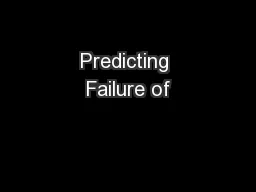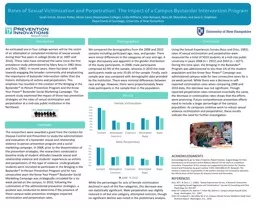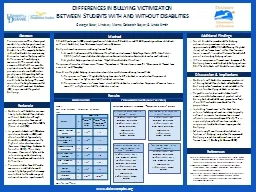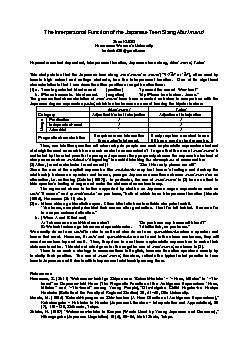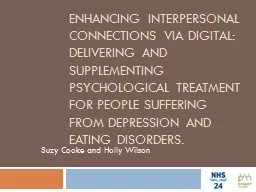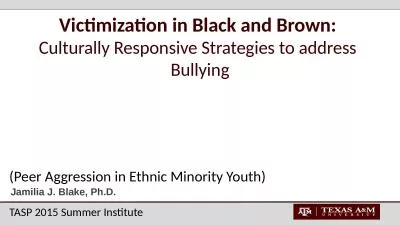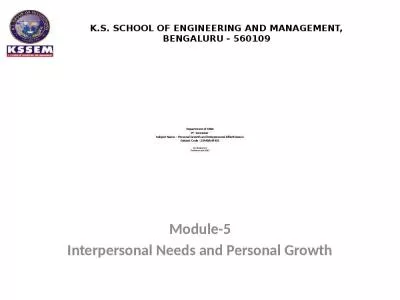PDF-Online Interpersonal Victimization: Predictors of Victimization Over T
Author : conchita-marotz | Published Date : 2016-11-19
Josephine Korchmaros PhD Kimberly J Mitchell PhD Michele Ybarra MPH PhD Center for Innovative Public Health Research Methodology Growing up with Media GuWM survey x2014 a
Presentation Embed Code
Download Presentation
Download Presentation The PPT/PDF document "Online Interpersonal Victimization: Pred..." is the property of its rightful owner. Permission is granted to download and print the materials on this website for personal, non-commercial use only, and to display it on your personal computer provided you do not modify the materials and that you retain all copyright notices contained in the materials. By downloading content from our website, you accept the terms of this agreement.
Online Interpersonal Victimization: Predictors of Victimization Over T: Transcript
Download Rules Of Document
"Online Interpersonal Victimization: Predictors of Victimization Over T"The content belongs to its owner. You may download and print it for personal use, without modification, and keep all copyright notices. By downloading, you agree to these terms.
Related Documents

